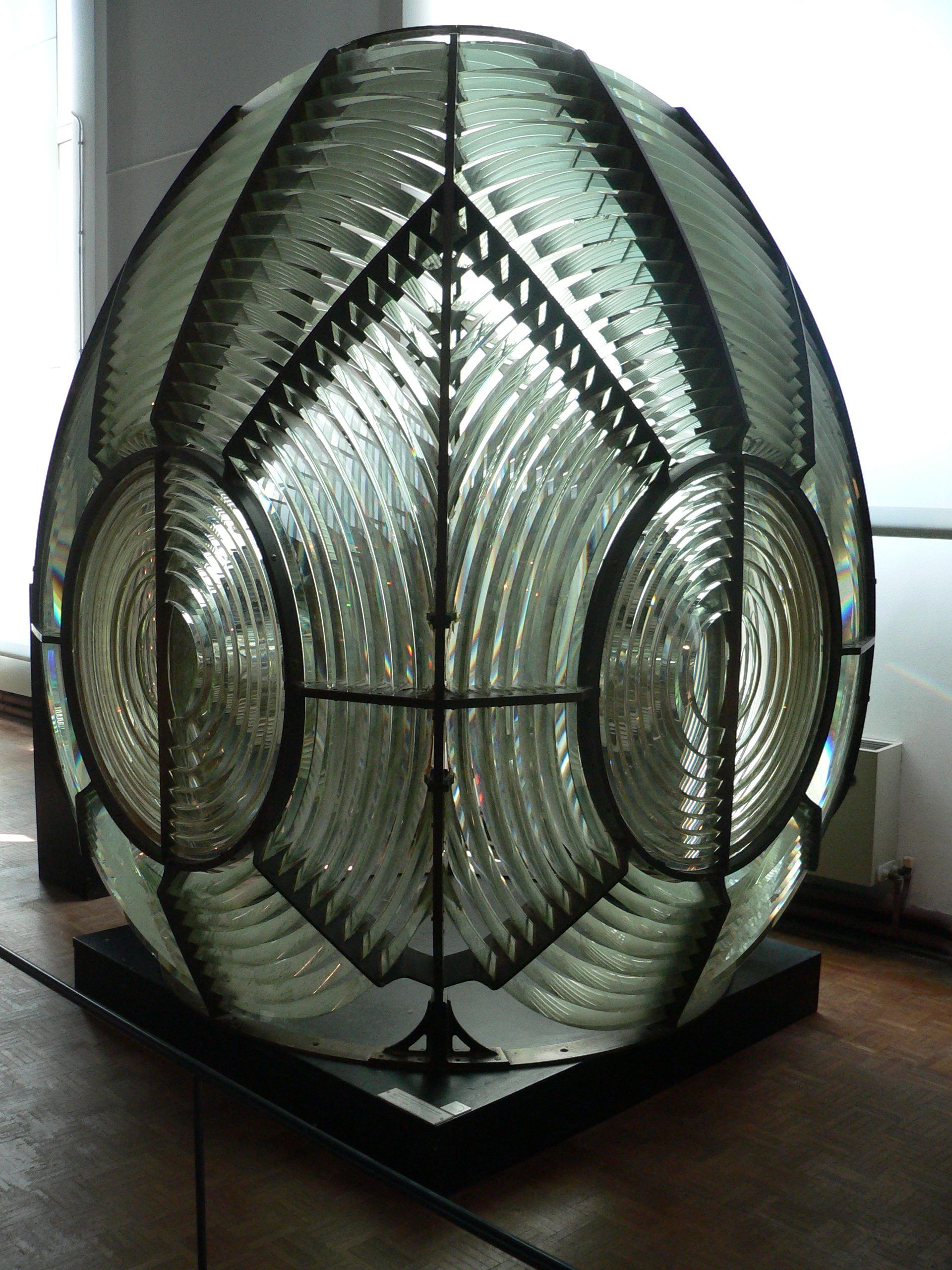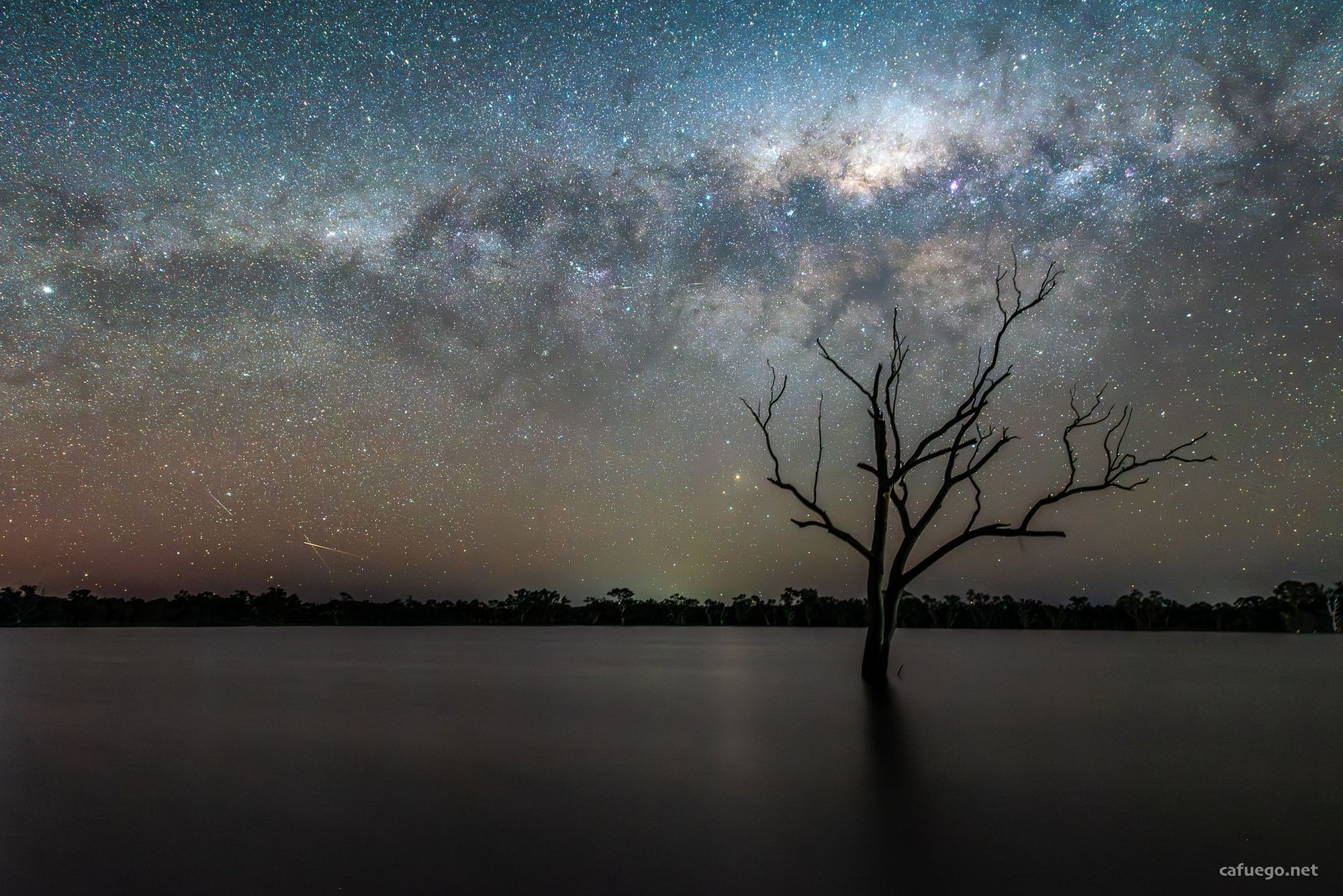Friday, October 27, 2023
Hello and welcome to the last newsletter of the month, barring any surprises. We have a smorgasbord of fun stuff today so let's dig in.
Item 1: a link

August 7th was National Lighthouse Day, so this seemed like a perfect time to borrow liberally from the Wikipedia page for the Fresnel lens, which made lighthouses useful (the lens did, I mean, although props to the Wikipedia page too!) and did a lot of good for the world:
Since antiquity, lighted beacons have guided ships to port. The earliest lighthouses were controlled fires on hilltops that warned vessels that they were approaching land. Over time, these signals were powered by burning coal or oil lamps backed by mirrors, which could reach navigators further out to sea. But lamp power was no match for a dark and stormy night; over centuries, broken hulls and wind-whipped sails ran aground as ships’ captains and crew perished within, unable to spot the coastline before it was too late.
All that changed in the early 1820s, when a French physicist invented a new kind of lens: a ring of crystalline prisms arranged in a faceted dome that could reflect refracted light. Augustin Fresnel installed his creation in the Phare de Cordouan, a towering lighthouse situated in France’s Gironde estuary, about 100km north of Bordeaux. Suddenly, one lamp could illuminate the way for sailors many nautical miles out to sea.
Here's how it works:
The Fresnel lens reduces the amount of material required compared to a conventional lens by dividing the lens into a set of concentric annular sections. An ideal Fresnel lens would have an infinite number of sections. In each section, the overall thickness is decreased compared to an equivalent simple lens. This effectively divides the continuous surface of a standard lens into a set of surfaces of the same curvature, with stepwise discontinuities between them.
. . .
Fresnel lens design allows a substantial reduction in thickness (and thus mass and volume of material) at the expense of reducing the imaging quality of the lens, which is why precise imaging applications such as photography usually still use larger conventional lenses.
Got all that?
Item 2: a list
San Francisco street names, ranked
- Ocean Ave.
- Skyline Blvd.
- The Embarcadero
- Great Highway
- Masonic
- Cesar Chavez
- Sunset Blvd.
- Minna
- Balboa
- Junipero Serra Blvd.
- Market
- Parnassus Ave.
- Yorba
- Castro
- Vallejo
(Consider all their namesakes’ misdeeds noted and condemned)
Item 3: a media recommendation
This week I recommend Wolmania-recommended artist Alvvays's appearance on Wolmania-recommended podcast Song Exploder, wherein they discuss their best-known song, “Archie, Marry Me”. You can listen to it right here or in your podcast player of choice (I recommend Overcast).
Item 4: word of the week
Limerence
I figured it would fade after a few weeks, but my limerence for Hrishikesh Hirway, host of the Song Exploder podcast, has not abated in the slightest. It's not healthy and I'm thinking about calling in professional help.
Item 5: a photograph

See ya!
Thank you for reading. And thanks to Wikipedia, a great resource for lazy link aggregators. See you next week.
Member discussion